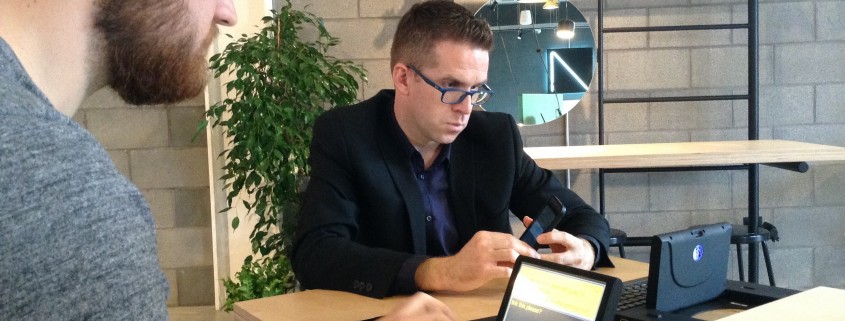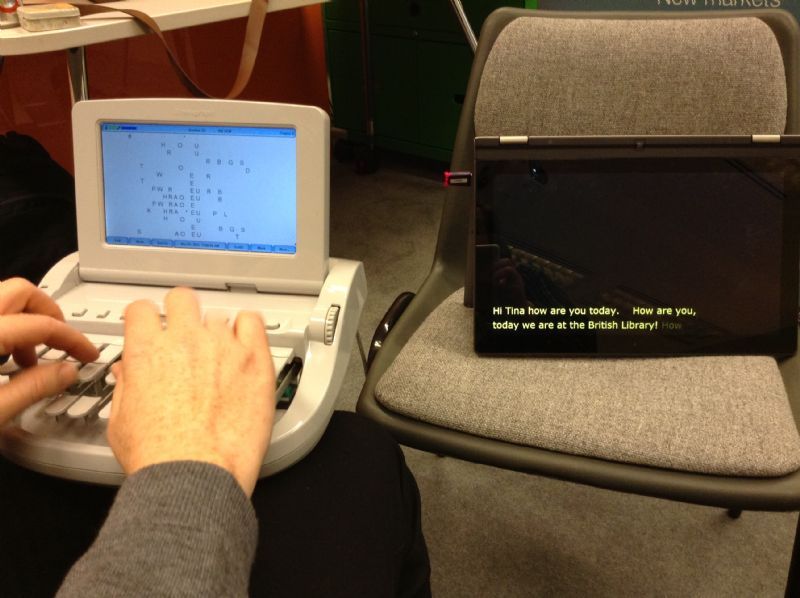Remote captioning – What it is, how it works, and why you need it
Any kind of speech, lecture, seminar, or presentation can benefit from remote captioning.
When hosting an event, it’s important to reach as many people as possible, and for the information you’re sharing to last long in the memory.
In these times of COVID-19, remote captioning is even more imperative with online meetings and presentations.
What remote captioning is
Remote captioning is a way for a transcript of what’s being said to appear live as the speaker is talking.
Usually, captioning is done with a stenographer in the room, but with remote captioning, the person transcribing everything can be anywhere in the world.
This is not only cheaper than on-site captioning, but also allows for bookings at short notice.
How remote captioning works
For remote captioning, all that is needed is a good internet connection and a microphone.
The person typing is simply listening to what’s being said by the presenter/host/teacher and typing verbatim onto a screen.
That screen might be behind the speaker on a wall or appear as subtitles on a video, depending on the situation.
The reason the remote typist can keep up with the speaker is because they are not a normal typist.
These stenographers are specially trained, using complicated machines to type up to 300 words per minute – as fast as someone can speak, even at a rapid pace.
Why you need remote captioning
The most obvious reason for remote captioning is to allow deaf and hard of hearing people access to business and education that other people take for granted.
In fact, to deny deaf people the same access might go against the Equality Act, which clearly states that “reasonable adjustments” must be made to accommodate those with disabilities.
But it’s not just for the hard of hearing. In this modern, interconnected world, there is a huge international audience who may have a difficult time keeping up with what’s being said.
Of course, even for those native English speakers, sometimes it’s hard to understand accents, people who mumble, or fast talkers.
Remote captioning will help everyone better understand what’s going on and retain more information.
Who to call for remote captioning
121 Captions have a professional, experienced, and dedicated team of experts to help you with your live captioning.
All our stenographers are registered and accredited by internationally-recognised professional associations, all of which have high qualification requirements and abide by their professional codes of conduct.
With a network of over 300 captioners across the globe, we can provide a stenographer at short notice and easily accommodate changes to scheduled teaching.
And when we say across the globe, we mean it! 121 caption online in several languages, and offline in over 80 languages, ensuring no matter where you are or what you need, we can help.
If you think you can benefit from remote captioning, then please don’t hesitate to contact us today.
Our friendly, professional staff will be happy to answer any questions you may have.





Leave a Reply
Want to join the discussion?Feel free to contribute!